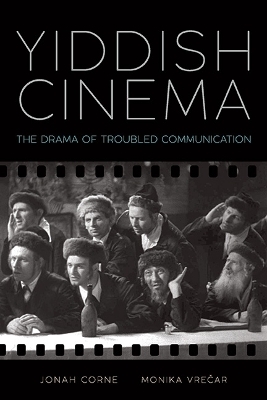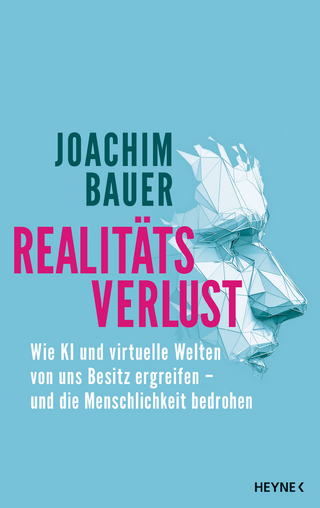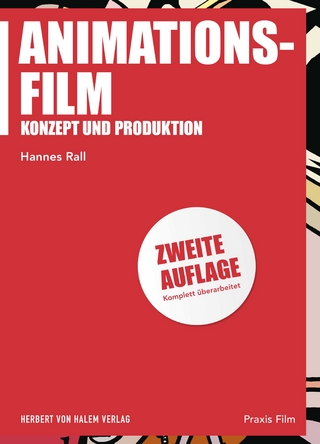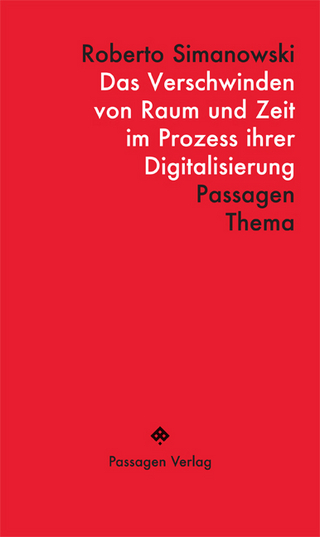
Yiddish Cinema
State University of New York Press (Verlag)
978-1-4384-9421-0 (ISBN)
In this book, Jonah Corne and Monika Vrečar offer a conceptually innovative reexamination of Yiddish cinema, a crucial yet little-known diasporic phenomenon that enjoyed its "golden age" in the mid- to late 1930s. Yiddish cinema, they argue, exhibits a distinctive fascination with media forms, technologies, and institutions, and with relationality writ large. What stands behind this communication obsession, as it might be understood, is the films' engagement both with Judaic ideals and with a series of Jewish sociohistorical predicaments of troubled communication (immigration, displacement, the breakdown of tradition, and so on) that the films seek to reflect. Accordingly, the authors create a resonant conversation between Yiddish cinema, populated by an endless procession of disconnected characters ardently striving to rejoin the world of communication, and the brilliant yet underappreciated ideas of pioneering Czech-Jewish media theorist Vilém Flusser (1920–1991), who escaped Nazi persecution and built the first part of his intellectual career in Brazil. Indeed, the authors claim that the popular art of Yiddish cinema articulates in dramatic terms a version of the central Flusserian hypothesis that "the structure of communication is the infrastructure of human reality" and, by doing so, embodies a remarkable Jewish media theory "from below." Films discussed include The Wandering Jew (1933), The Dybbuk (1937), Where is My Child? (1937), A Little Letter to Mother (1938), Kol Nidre (1939), Motel the Operator (1939), Tevye (1939), The Living Orphan (1939), and Long Is the Road (1948).
Jonah Corne is Associate Professor in the Department of English, Theatre, Film, and Media at the University of Manitoba. Monika Vrečar is an independent scholar who holds a PhD in Philosophy and Theory of Visual Culture from the University of Primorska, Slovenia.
List of Illustrations
Introduction: “The structure of communication is the infrastructure of human reality”
1. Powers of Music: A Little Letter to Mother (1938)
2. Discourse and Dialogue: The Living Orphan (1939)
3. The Mass Media Family: Kol Nidre (1939)
4. The Battle of the Books: Tevye (1939)
5. Motherhood, Migration, and the Asylum: Where Is My Child? (1937)
6. “Silence which is communication”: Motel the Operator (1939)
7. Groundlessness I (The Nation against the Jew): The Wandering Jew (1933)
8. Groundlessness II (Among the DPs): Long Is the Road (1948)
9. Mediating the Mystical: The Dybbuk (1937)
Coda
Acknowledgments
Notes
Bibliography
Index
| Erscheinungsdatum | 05.09.2023 |
|---|---|
| Reihe/Serie | SUNY series, Horizons of Cinema |
| Zusatzinfo | Total Illustrations: 44 |
| Verlagsort | Albany, NY |
| Sprache | englisch |
| Maße | 152 x 229 mm |
| Gewicht | 227 g |
| Themenwelt | Kunst / Musik / Theater ► Film / TV |
| Sozialwissenschaften ► Kommunikation / Medien ► Medienwissenschaft | |
| Sozialwissenschaften ► Soziologie ► Spezielle Soziologien | |
| ISBN-10 | 1-4384-9421-1 / 1438494211 |
| ISBN-13 | 978-1-4384-9421-0 / 9781438494210 |
| Zustand | Neuware |
| Informationen gemäß Produktsicherheitsverordnung (GPSR) | |
| Haben Sie eine Frage zum Produkt? |
aus dem Bereich


